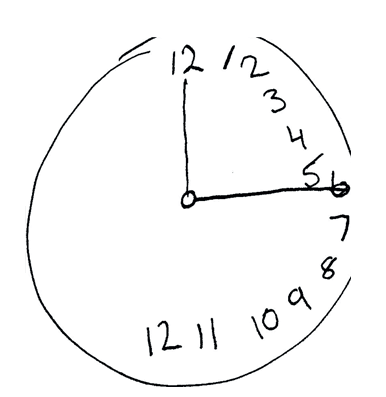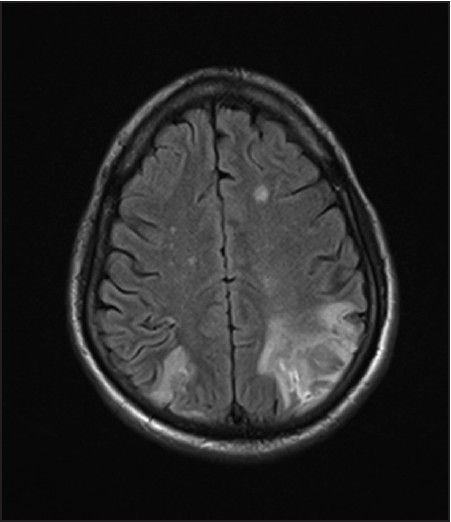
In my first and only basic science research experience, I was complicit in scientific fraud.
There was no fabrication of data, per se. No doctoring of images. It was subtle experimental misconduct, and certainly an anomaly in the scientific community. I assumed.)
1/🧵
There was no fabrication of data, per se. No doctoring of images. It was subtle experimental misconduct, and certainly an anomaly in the scientific community. I assumed.)
1/🧵
I had a 4-week summer research position when I was in college. The project had something to do with Na/K channels in pulmonary epithelial cells.
Honestly, I didn’t really understand it then, so I certainly wouldn’t be able to explain it now.
2/🧵
Honestly, I didn’t really understand it then, so I certainly wouldn’t be able to explain it now.
2/🧵
It was a very small lab. I think I met the PI twice… once on my first day, and once for an exit interview a month later. I remember that he wore a little button on his white coat that said, “Science: Invest in the Quest!”
3/🧵
3/🧵
Both of our conversations revolved around him apologizing that he was unable to pay me. But I was in no position to make demands... we both knew that I was hoping to get into med school, and this was just another box to check.
4/🧵
4/🧵
For most of the month, it was just me and the lab tech. We ran experiments on ~20 samples/day.
There were lots of steps, and lots of chances for things to go wrong. Sometimes I would mess up and we would have to throw out the experiment and start over with a new sample.
5/🧵
There were lots of steps, and lots of chances for things to go wrong. Sometimes I would mess up and we would have to throw out the experiment and start over with a new sample.
5/🧵
But sometimes, we weren’t sure if I had messed up, or if the magnitude of the error was enough to justify scrapping the experiment. When I asked the tech what to do, she told me to finish the experiment and we would decide later.
But finishing meant seeing the results.
6/🧵
But finishing meant seeing the results.
6/🧵
When the results aligned with the PI’s hypothesis, the tech would declare that I had done everything correctly.
If the results “didn’t make sense,” she would blame human error and throw them out. This happened too many times to count.
7/🧵
If the results “didn’t make sense,” she would blame human error and throw them out. This happened too many times to count.
7/🧵
At the time, my reaction was more of an eye roll than righteous indignation.
8/🧵
8/🧵
Even with that selective data reporting, those experiments never went anywhere. It was never published, and the lab moved on to other projects after I left.
The only downstream effect was galvanizing my lack of interest in a basic science career.
9/🧵
The only downstream effect was galvanizing my lack of interest in a basic science career.
9/🧵
Fast-forward until last night, when I finally read this article that has been blowing up my feed. It alleges fraudulent images in a series of high-profile publications about the mechanisms of Alzheimer’s disease.
science.org/content/articl…
10/🧵
science.org/content/articl…
10/🧵
I don't know enough to discern if this is a genuine whistle-blowing or a hit job. But the author makes a case that publications of dubious integrity caused a Butterfly Effect, driving the financial and philosophical direction of Alzheimer’s research for the last 15 years.
11/🧵
11/🧵
This has my stomach tied in knots. And I started wondering if the gentle data-fudging I witnessed nearly 30 years ago was not so innocuous, after all.
12/🧵
12/🧵
My PI’s button said, “Science: Invest in the Quest.” The analogy to investments is actually quite apt. If you are going to commit time and money, you want to set yourself up for the best possible return on that investment.
13/🧵
13/🧵
Scientists may dream of hitting it big, but I imagine that granting agencies are incentivized to balance their portfolios and focus on… safer investments.
14/🧵
14/🧵
And that means supporting investigators and lines of thinking that have a proven track record. So even small amounts of misinformation can derail those investments and have an enormous negative impact on investment returns. Which, in this case, can have a human toll.
15/🧵
15/🧵
Outing people for potential misconduct is splashy, but the most effective solution must be stopping that noise before it gets into the system.
The scientific community has safeguards to prevent fraud. Those of you in the know, how well do they work? What can we do better?
16/🧵
The scientific community has safeguards to prevent fraud. Those of you in the know, how well do they work? What can we do better?
16/🧵
@Henrypaulson5 @realToddLab @EvaFeldmanMDPhD @AlbertoEspay @AMahajanMD @nsanar @UMneurosciences @wesleytkerr @NotoriousEMG @rmalbertson @salvaunav #neuroscience #AlzheimersDisease @pash22 @SSNeuroMD @schrag_matthew @PubPeer
• • •
Missing some Tweet in this thread? You can try to
force a refresh

















